TOC Analyser Improves Lab Efficiency Envirotech Online
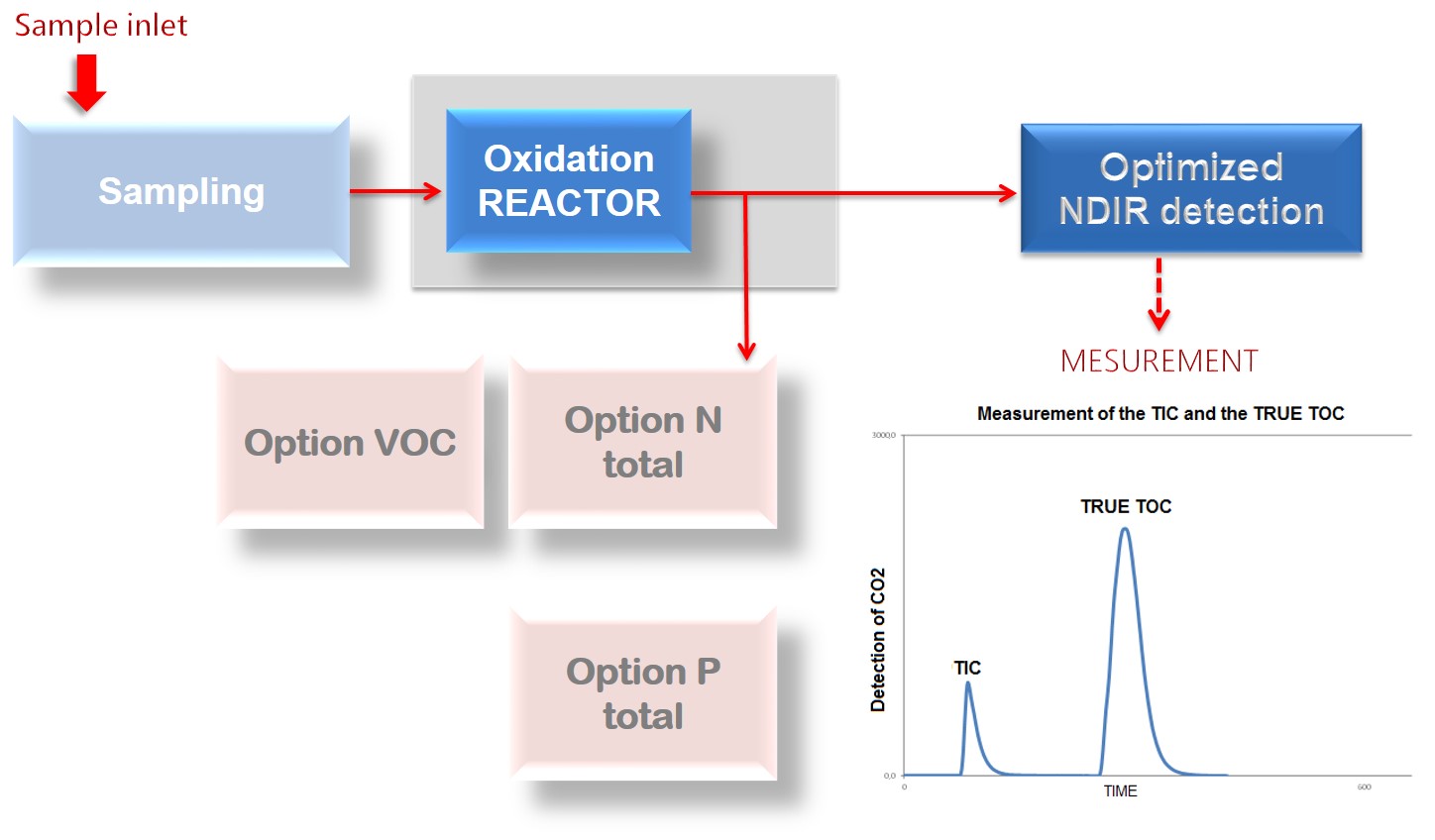
TOC Evolution vuv Total Organic Carbon Online analyser
TOC serves as a measure of the overall carbon content within organic compounds found in water. Industries such as pharmaceuticals, food and beverage, chemical production, and wastewater treatment plants heavily rely on monitoring TOC levels. Elevated TOC levels can indicate the presence of organic matter, which, if discharged into water bodies.
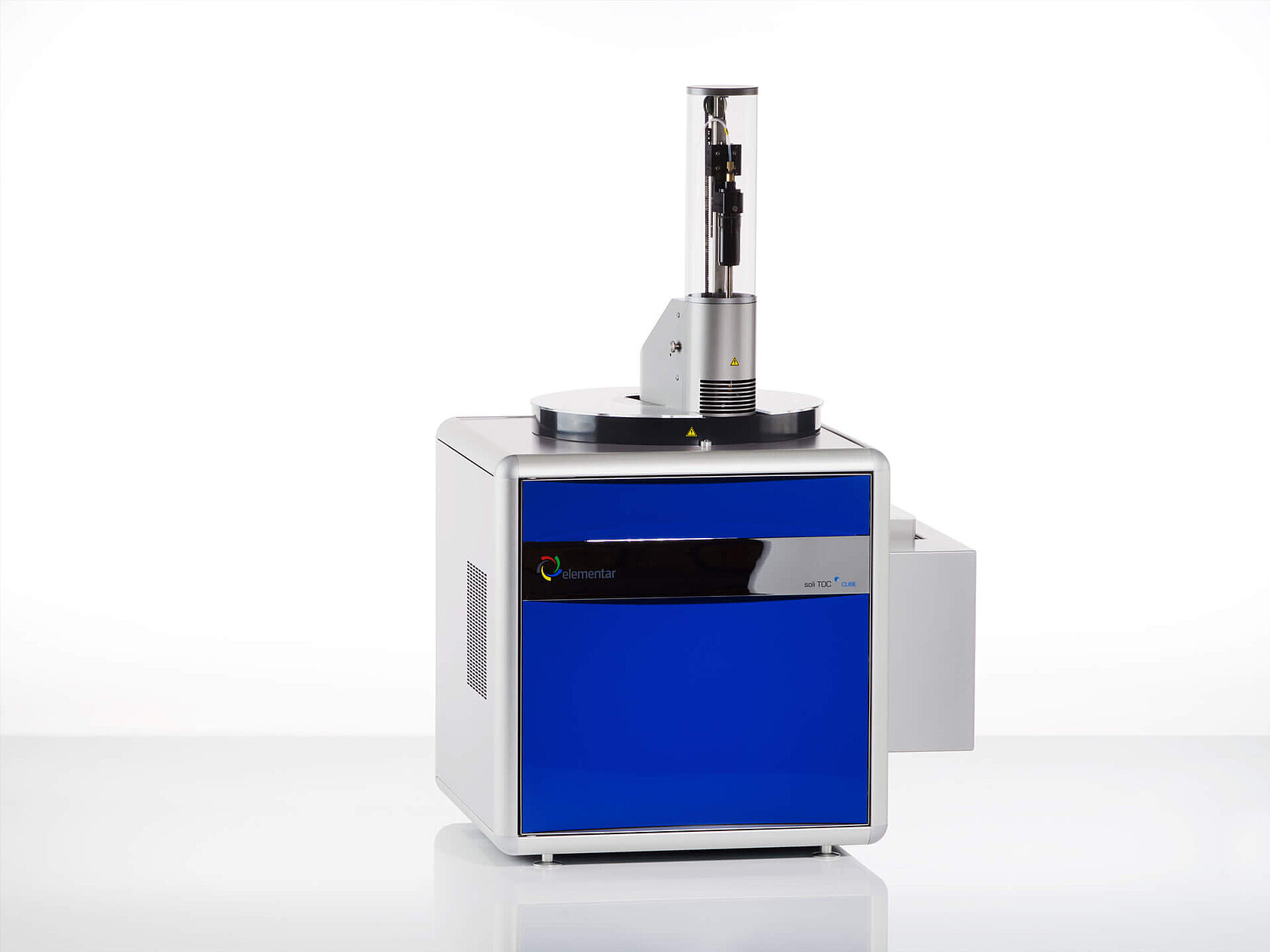
TOC analyzer soli TOC® cube offers unmatched precision Elementar
A total organic carbon (TOC) analyzer is an analytical instrument that measures the total amount of organic carbon contained in water. It is used for quality control of public drinking water, control and evaluation of pharmaceutical manufacturing processes , and a wide variety of other applications. Shimadzu is one of the world's leading.
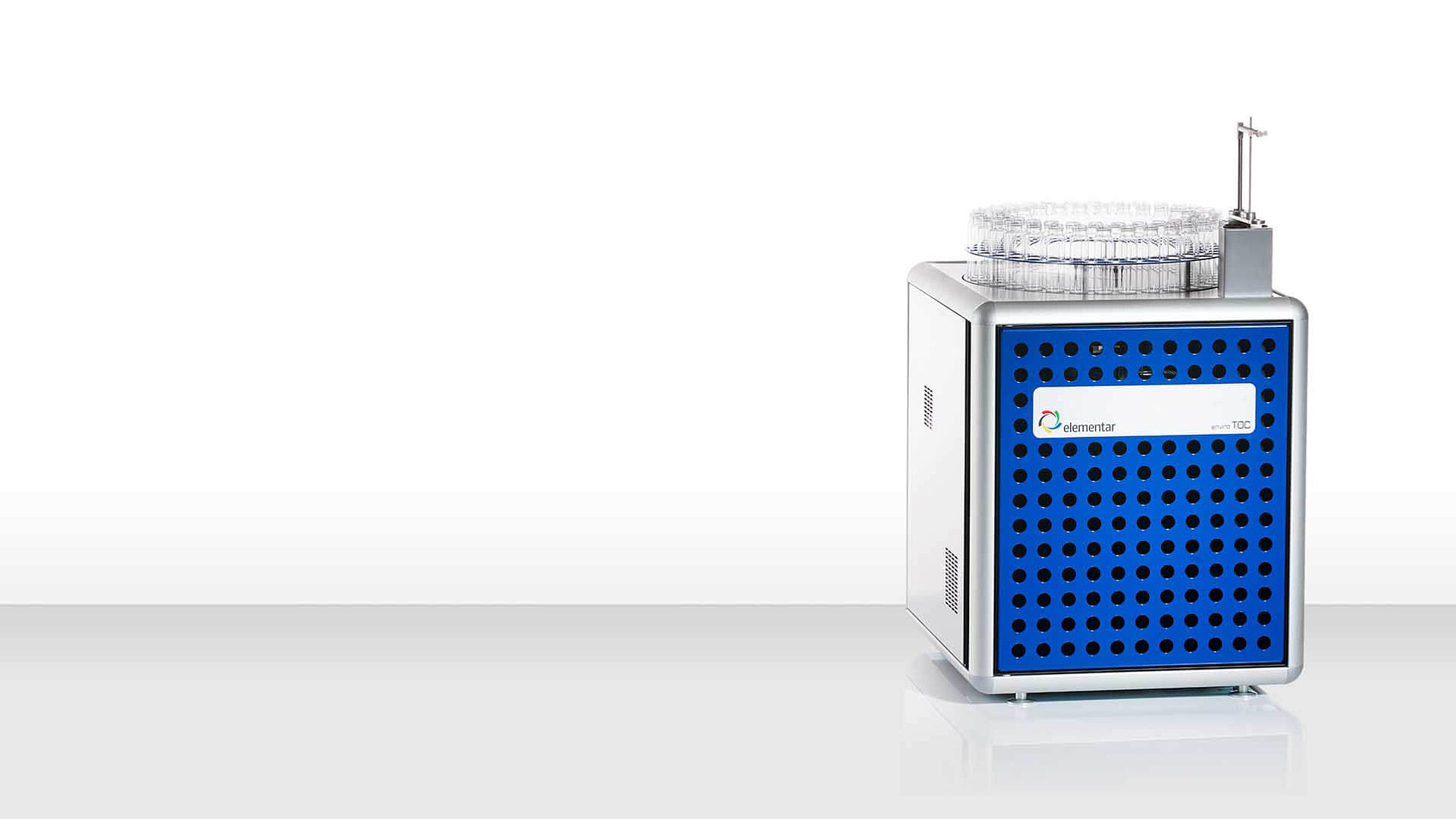
TOC analyzers for fast and easy TOC determination Elementar
2011 Ocean particulate organic carbon derived from the MODIS-aqua. Total organic carbon (TOC) is an analytical parameter representing the concentration of organic carbon in a sample. TOC determinations are made in a variety of application areas. For example, TOC may be used as a non-specific indicator of water quality, or TOC of source rock may be used as one factor in evaluating a petroleum play.
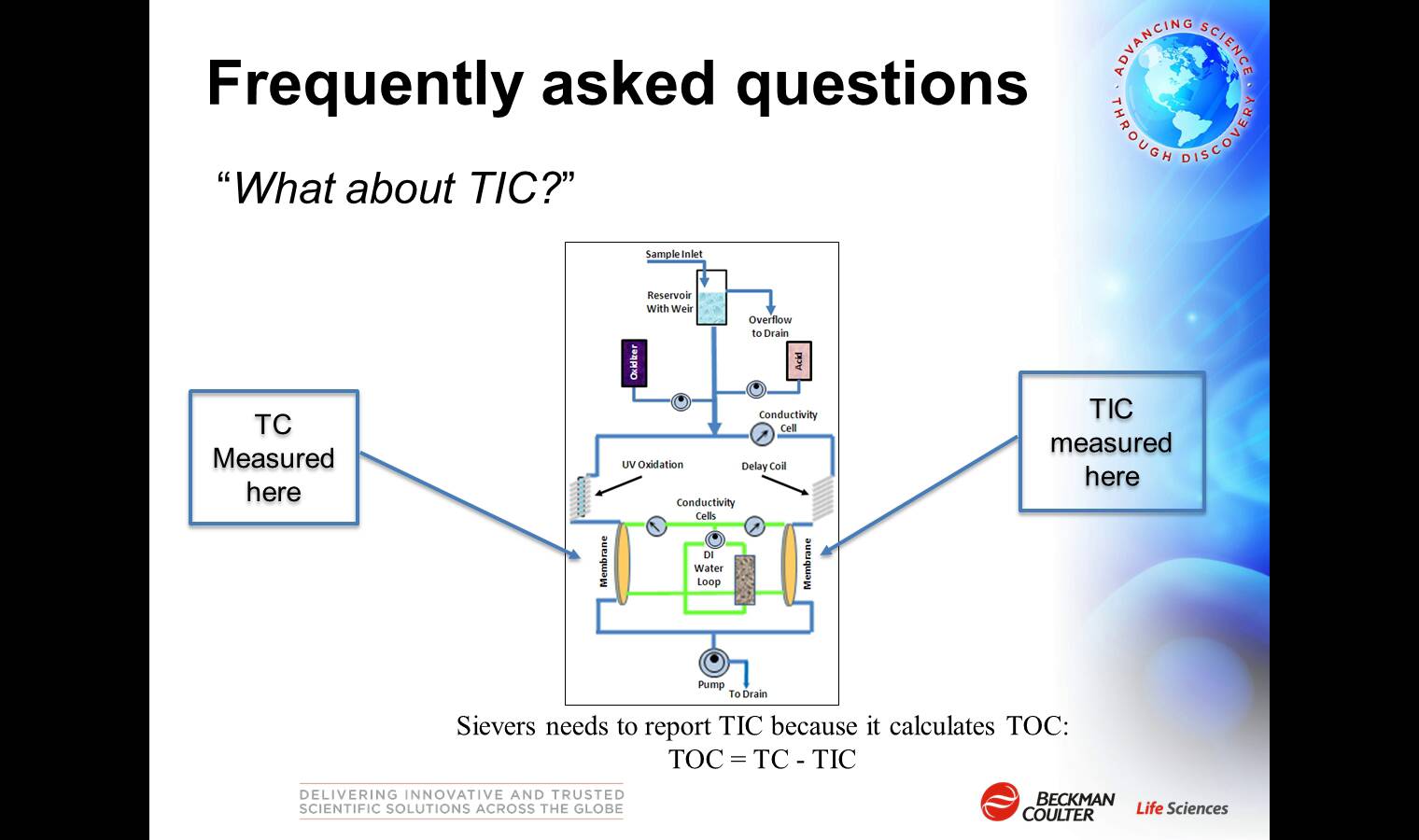
ICH Q2 Validation of Analytical Procedures for Pharmaceutical TOC Analyzers
Principle. The sample water enters the analyzer and passes through a pressure regulator, which controls sample pressure to downstream components. Then, the sample is splits into two flow paths, where a portion of the flow is directed to the by-pass streamline, where resistivity/ conductivity and temperature are measured via a sensor (a).
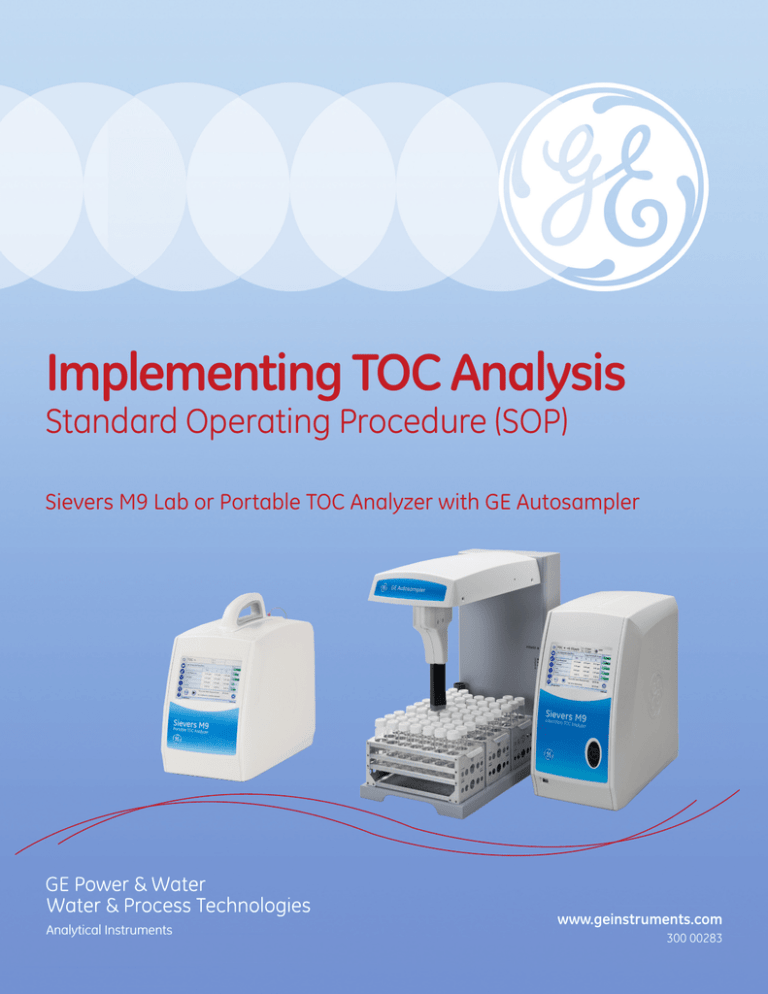
Implementing TOC Analysis GE Analytical Instruments Manualzz
Total organic carbon is a measure of the amount of organic compounds contained in a water sample. Organic carbon-containing compounds can either be dissolved in water or exist in water as undissolved, suspended material, or liquid. This organic matter can enter water naturally and through man-made sources/processes.
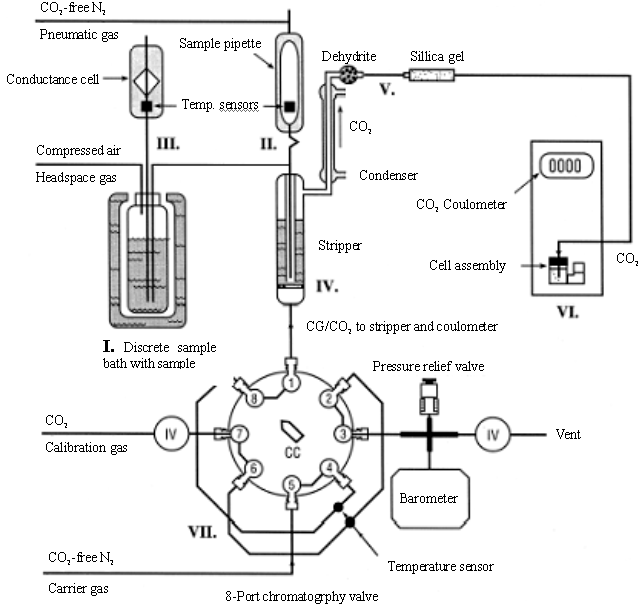
061006re
What is a Total Organic Carbon (TOC) Analyzer? TOC analyzers measure the amount of organic compounds contained in a water sample. Organic carbon-containing compounds can either be dissolved in water or exist in water as undissolved, suspended material, or liquid. This organic matter can enter water naturally and through man-made sources/processes.
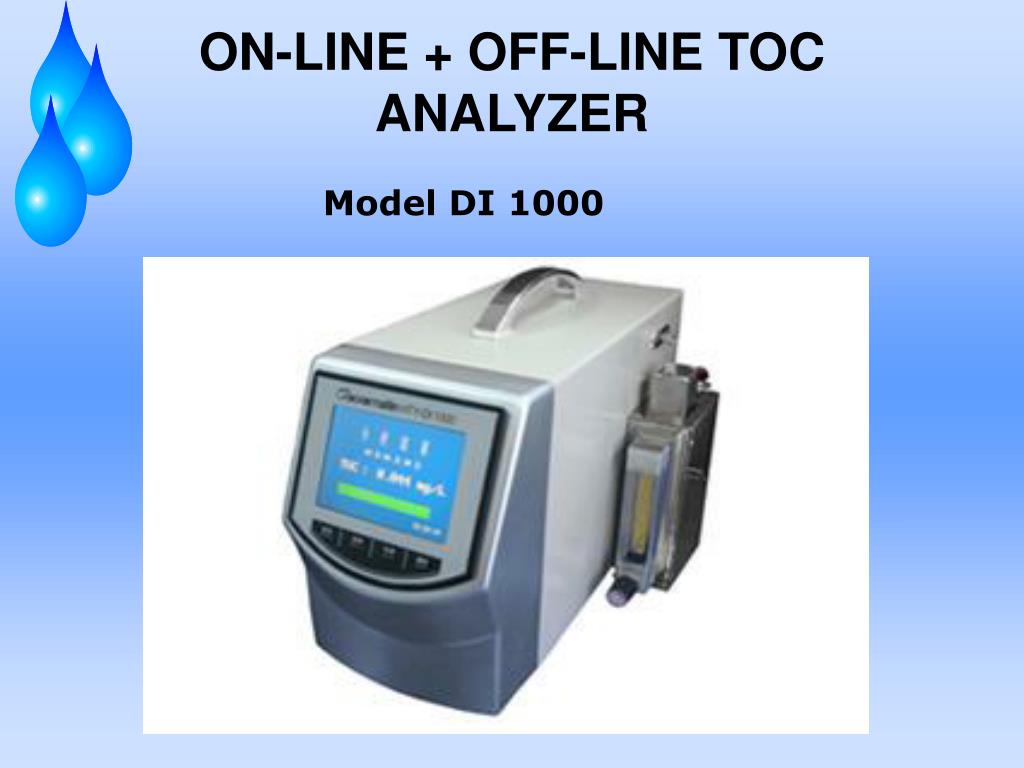
PPT TOC MEASUREMENT OF PHARMA WATERS PowerPoint Presentation, free download ID6791560
The TOC-L series of TOC analyzers adopts the 680°C combustion catalytic oxidation method, which was developed by Shimadzu and is now used worldwide. While providing an ultra wide range of 4 μg/L to 30,000 mg/L, these analyzers boast a detection limit of 4 μg/L through coordination with NDIR. This is the highest level of detection sensitivity.

PPT TOC MEASUREMENT OF PHARMA WATERS PowerPoint Presentation, free download ID6791560
Introduction of organic matter into water systems occurs not only from living organisms and from decaying matter in source water but also from purification and distribution system materials. A relationship may exist between endotoxins, microbial growth, and the development of biofilms on pipeline walls and biofilm growth within pharmaceutical distribution systems.

TOCL Analysis flow animation (Total Organic Carbon) YouTube
The LECO CR-412 Carbon Analyzer is calibrated prior to the analysis of samples. Different amounts of high purity calcium carbonate standard (99.95% purity, carbon content of 12.0%) are used to calibrate the instrument. The approximate amounts of calcium carbonate used for the six-point calibration are; 0.01 g, 0.05 g, 0.10 g, 0.25 g and.

PPT TOC and Conductivity for USP and EP Water Systems PowerPoint Presentation ID3053882
Every Product, Process, and Solution is Grounded By Decades of First-Hand Experience. We Provide a Range of Industry-Leading Water Quality Monitoring Equipment & TOC Sensors.

StarTOC Total Organic Carbon (TOC) Analysis Automatic
Total organic carbon analyzers measure the amount of organic, inorganic, or total carbon in water or soil samples. TOC is an important indicator of disinfection byproducts and the byproduct rule requires drinking water facilities to measure TOC removal. TOC also correlates with BOD or COD in many matrices and can be used as a surrogate for those tests.
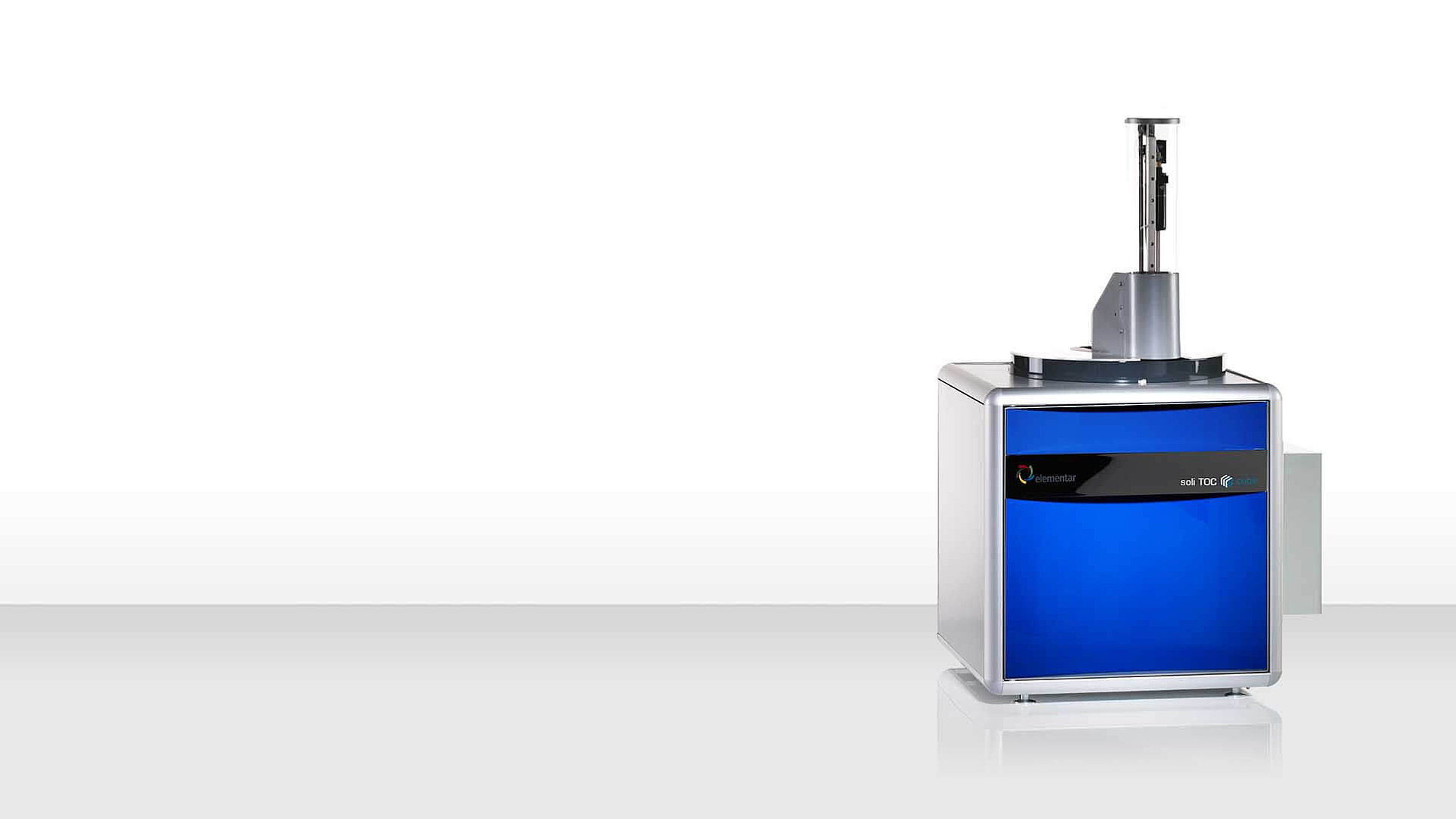
TOC analyzers for fast and easy TOC determination Elementar
TOC Analyzer Working Principle. by Editorial Staff. Total Organic Carbon (TOC) measurement is commonly used to determine the degree of organic contamination in water. Total Organic Carbon (TOC) is an indirect measure of organic molecules present in water and measured as carbon. Organic molecules are introduced into the water from the source.
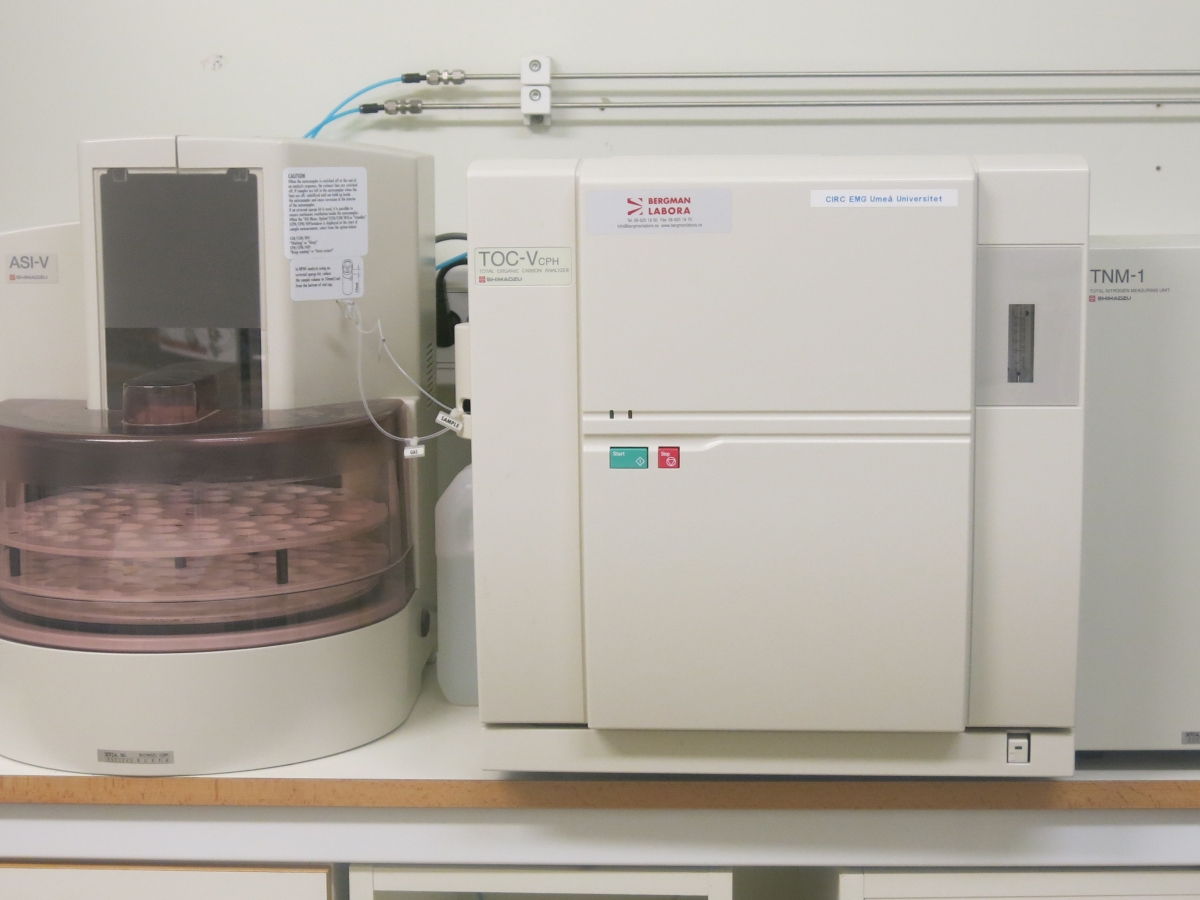
Shimadzu Total Organic Carbon Analyzer (TOCVCPH) and Shimadzu ASIV Autosampler — Climate
An online TOC analyzer is an instrument designed to continuously monitor the organic carbon content in water or process streams in real time. It provides immediate feedback on the organic carbon levels, allowing you to detect anomalies early and take prompt corrective action.

TOC PPB Analytical Inc.
One of the most important specifications provided for total organic carbon (TOC) analyzers is the measuring range. Accuracy, resolution, and analysis time are important as well. Analytical range is the range of TOC values that a device can analyze effectively. Analyzers with a long range can measure a wider variety of sample types.
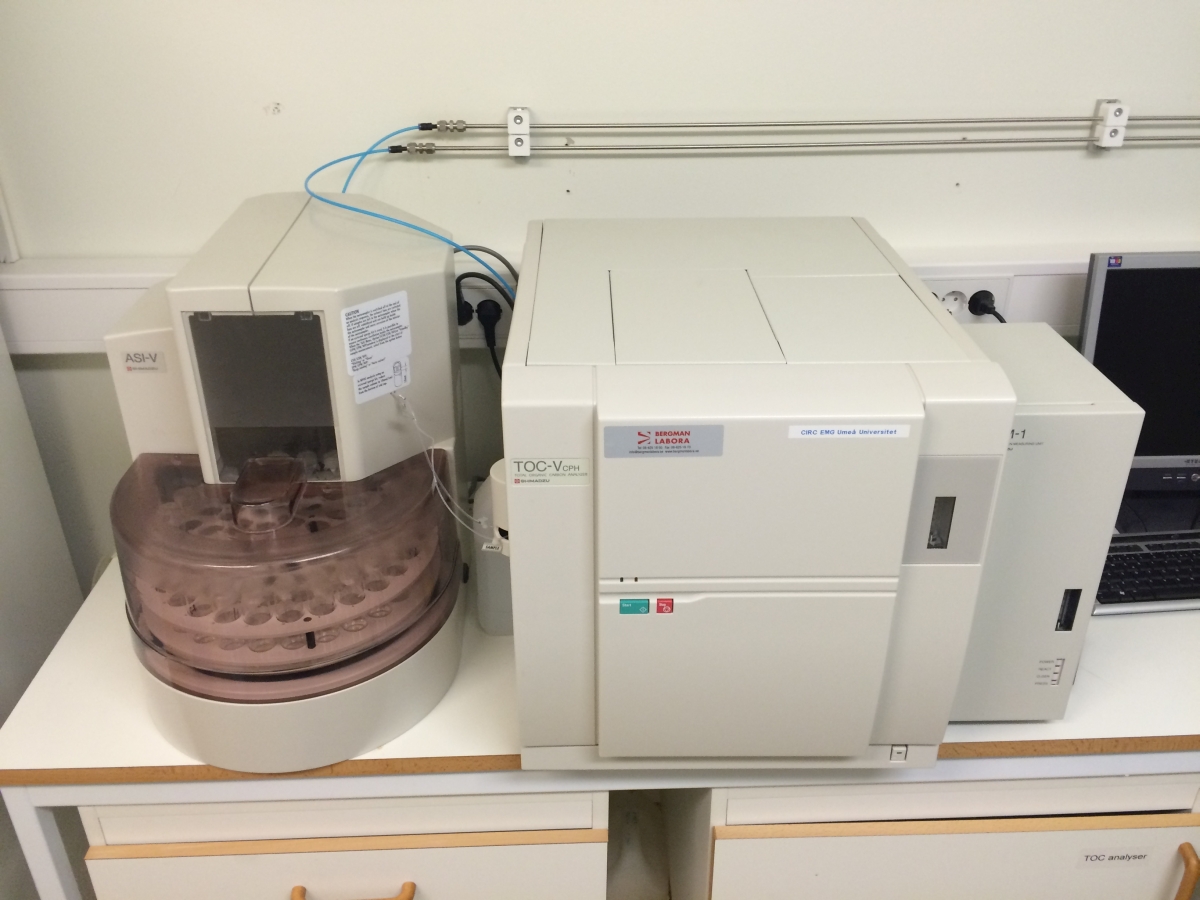
Shimadzu Total Organic Carbon Analyzer (TOCVCPH) and Shimadzu ASIV Autosampler — Climate
ABB Analytical possesses decades of experience in solutions for Total Organic Carbon (TOC) measure- ment. The FID portfolio based on both Advance Optima and EasyLine

TOC analyser improves lab efficiency Labmate Online
TOC refers to a Total Organic Carbon analyzer, which utilizes a catalytic oxidation combustion technique at high temperature (the temperature raises up to 720 ºC), to convert organic carbon into CO 2. The CO 2 generated by oxidation is measured with a Non-dispersive Infra-Red (NDIR) sensor. By using special kits and (dilution) methods the.